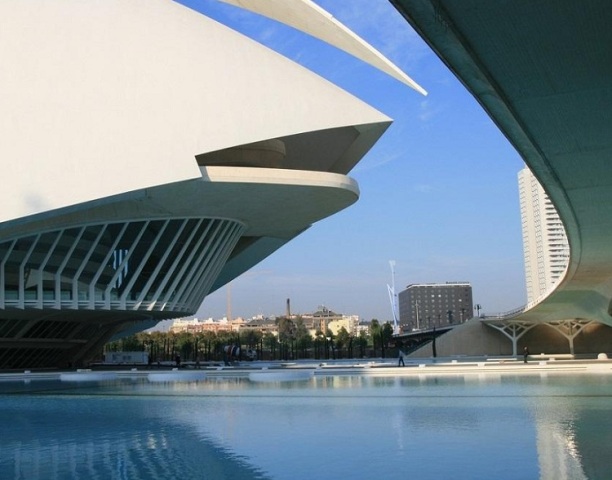Beaches, marine life and dive spots are the major attractions of Palau. Check out some fun and interesting facts about Palau.
Facts About Palau
Palau’s breathtaking beauty inspires people to care more about the planet. Palau is also known as The Republic of Belau. It has over 200 hundred islands out of which only 8 are inhabited. It is located in the western Pacific Ocean. Palau gained independence in October 1994. In December that year, it was admitted to the United Nations. About 21,000 people reside in Palau. Of those, about 70 percent of Palauans live on the island of Koror. The present capital of Palau is Ngerulmud. Government offices moved from Koror – the former Palauan capital – to Ngerulmud, on October 7, 2006.

Image: Rune@flickr
Palau covers an area of 489 square kilometers (189 square miles). Palau’s prolific, untouched reefs offer a rich wealth of coral formations and marine life. Huge caves, blue holes and a vast variety of exotic and rare marine species are easily accessible in crystal clear water. Hence, tourism is the country’s main business inviting snorkelers and scuba divers from all over the world. Palau also exports tuna, copra, garments and shellfish. The main agriculture of Palau consists of copra, cassava (tapioca), sweet potatoes and coconuts. Palau also exports tuna, copra, garments and shellfish. The major agricultural crops of Palau consists of copra, cassava (tapioca), sweet potatoes and coconuts.
Interesting And Fun Facts About Palau
- Palau is often referred to as Belau.
- In the Pacific Ocean, Palau is a part of the Caroline Island chain. In 1500, European explorers first discovered the Caroline Islands.
- In 1783, Palau was accidentally discovered by the shipwrecked crew of Captain Henry Wilson when he reached the shores of Ulong.
- In the Republic of Palau, the highest point is Mount Ngerchelchuus (242m).
- In the First World War, Palau was occupied by the Japanese.
- USA began administration of Palau in 1947. Under the United Nations authority, the islands became a part of the Trust Territory of the Pacific Islands.
- Palau and the combined States of Kosrae, Pohnpei, Chuuk and Yap (the Federated Stated of Micronesia), gained separate status in 1979.
- In 1981, The Republic of Palau came into existence.
- In 1985, the first President of the Republic of Palau was assassinated.
- Palau’s currency is the U.S. dollar.
- The languages spoken are English, Japanese, Palauan and 3 other local languages.
- Roman Catholic, Protestant and Modekngei (native) are the most common religions followed in Palau.
- Palauan women, like their male counterparts, traditionally used to go topless in the past. They used only a two-piece skirt and a few garlands as costumes. Today, some local women still continue their traditional dressing, although more covered and conservative styles of modern clothing have found their way into their culture, especially with the heavy influx of tourists.
- Huge number of large pelagic predators, turtles, dolphins, sharks and many species of migratory fish which are not found anywhere in the world gather at the distinctive crossroads of three of the world’s main ocean currents in the Palaun archipelago.
- Floating Garden Islands, known as The Rock Islands, are made up of lime stones.
- Palau doesn’t have a military force of its own. The U.S. is responsible for its defense under a Compact of Free Association between Palau and the US.
- In 1855, Spain claimed the Caroline Islands (Palau and FSM).
- In 1899, following the Spanish-American War, the islands were sold to Germany.
- American and British whalers began visiting the Caroline Islands at the beginning of the nineteenth century.
- All year round, Palau experiences a pleasantly warm climate with an annual average temperature of 27 degrees C and between July and October, Palau gets its heaviest rainfall.
See also
More from iloveindia.com
- Home Remedies | Ayurveda | Vastu | Yoga | Feng Shui | Tattoos | Fitness | Garden | Nutrition | Parenting | Bikes | Cars | Baby Care | Indian Weddings | Festivals | Party ideas | Horoscope 2015 | Pets | Finance | Figures of Speech | Hotels in India : Delhi | Hyderabad | Chennai | Mumbai | Kolkata | Bangalore | Ahmedabad | Jaipur
- Contact Us Careers Disclaimer Privacy Policy Advertise With Us Lifestyle Sitemap Copyright iloveindia.com. All Rights Reserved.







